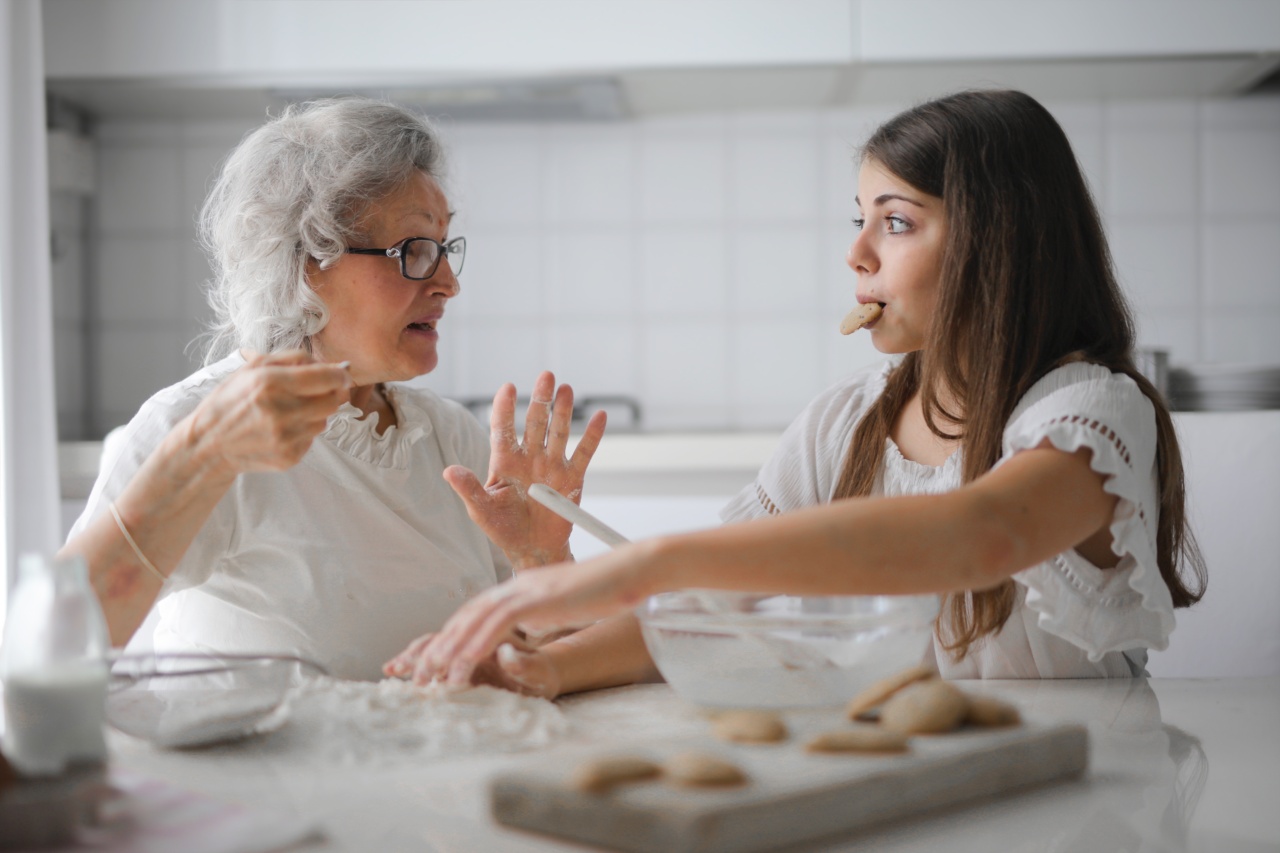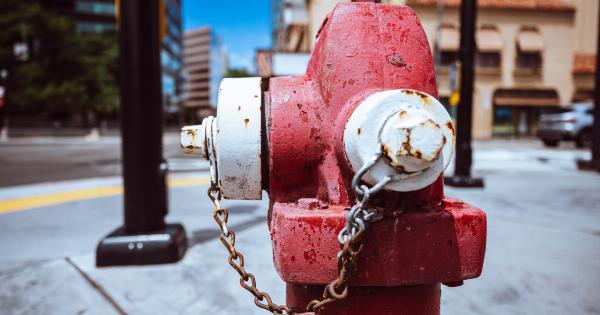Plucking white hair is a common practice among individuals who wish to maintain a more youthful appearance. However, this seemingly harmless habit can have a variety of consequences on the scalp and overall hair health.
In this article, we will delve into the potential effects of plucking white hair and explore why it may not be the best approach to dealing with graying hair.
1. Increased Hair Loss
Plucking white hair can potentially lead to increased hair loss. When a hair is forcibly plucked, the hair follicle experiences trauma, and there is a risk of damaging the follicle.
Damaged follicles may result in hair loss not only in the area where the plucking occurred, but also in nearby regions. This can lead to thinning hair and an overall reduction in hair volume.
2. Inflammation and Irritation
Plucking hair can cause inflammation and irritation of the surrounding skin. When a hair is pulled from its follicle, the body perceives this as an injury and responds by triggering an inflammatory response.
This can lead to redness, itching, and discomfort in the area where the hair was plucked.
3. Ingrown Hairs
Plucking hair, particularly if done incorrectly, can result in the formation of ingrown hairs. An ingrown hair occurs when the hair curls back or grows sideways into the skin instead of growing out of the follicle.
This can cause pain, swelling, and potentially lead to infections if the area becomes irritated or scratched.
4. Damage to Hair Follicles
Repeatedly plucking white hair can damage the hair follicles over time. The hair follicles may become weakened or scarred, leading to impaired regrowth of hair in the affected areas. This can result in permanent hair loss and thinning of the hair.
5. Risk of Infection
Plucking hair can create an opening in the skin, leaving it vulnerable to infection. Bacteria or other microorganisms can enter the exposed follicle, leading to infections such as folliculitis.
Folliculitis causes inflammation and redness around the hair follicle, and in severe cases, can result in the formation of painful pustules or boils.
6. Premature Graying
Plucking white hair does not halt the graying process but may actually contribute to more gray hair. When a hair is plucked, it is replaced by a new hair. However, the new hair that grows back may be weaker and more prone to graying.
Therefore, continuously plucking white hair may exacerbate the growth of gray or white hairs.
7. Psychological Impact
Plucking white hair can also have psychological consequences. This habit can create anxiety or obsession around the appearance of gray hair, leading to a negative body image and decreased self-esteem.
It is essential to embrace and accept natural signs of aging, including graying hair, as a normal part of life.
8. Alternative Hair Management
Rather than plucking white hair, there are alternative methods for managing graying hair. Some options include coloring the hair with dyes or opting for more natural remedies such as henna or herbal rinses.
These methods can help cover or blend the white hair while minimizing the potential damage associated with plucking.
9. Embracing Natural Aging
Lastly, it is crucial to appreciate and embrace the natural aging process, including the appearance of gray or white hair.
Gray hair can be seen as a sign of experience and wisdom, and many individuals have found confidence and self-acceptance by allowing their hair to gray naturally.
Conclusion
Plucking white hair may seem like a quick fix, but its consequences can be far-reaching. From increased hair loss to inflammation and damage to the hair follicles, plucking can have detrimental effects on hair and overall scalp health.
It is important to weigh the potential risks before resorting to such methods and consider alternative ways to manage graying hair that are less damaging and more accepting of natural aging.



























